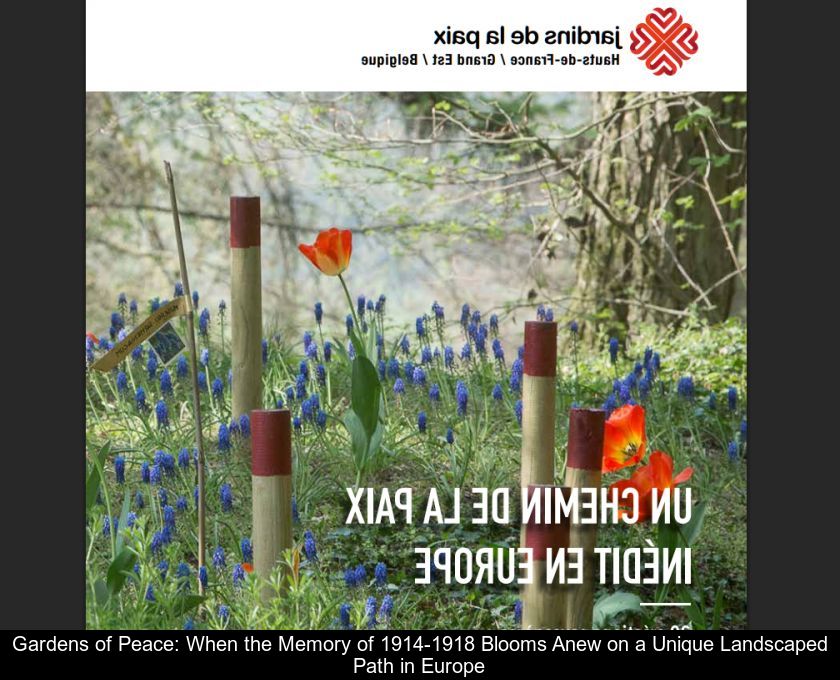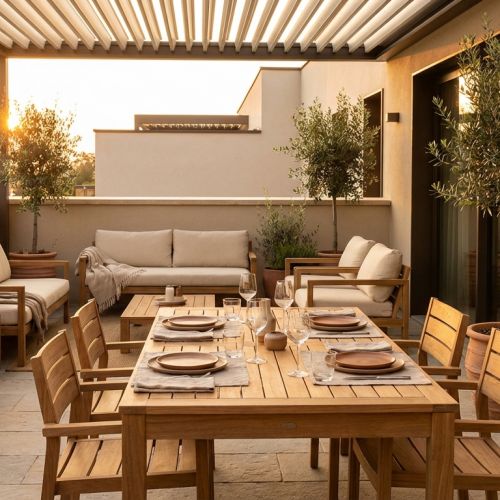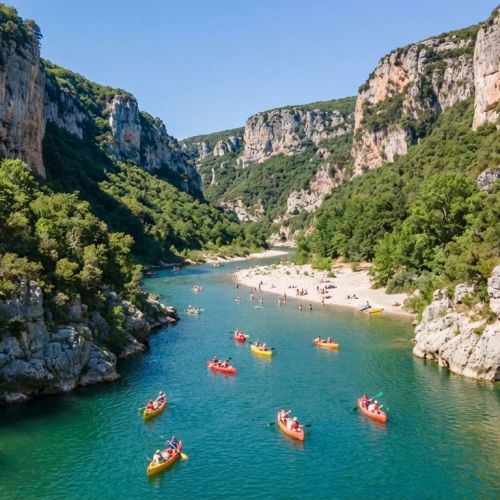Gardens Of Peace: When The Memory Of 1914-1918 Blooms Anew On A Unique Landscaped Path In Europe
What if, for November 11th, we swapped the sheaf of chrysanthemums for a sensory walk? From Compiègne to Passchendaele, a green ribbon of 30 landscape creations brings the memory of the Great War to life. Welcome to the Path of the Gardens of Peace.
A breath of greenery on the scars of History
Between the chalky Flanders and the forests of the Great East, the front line from 1914-1918 is re-greening. Since 2018, the association Art & Gardens | Hauts-de-France has been sowing tribute gardens where shells once thundered: moats of the Péronne castle, the Armistice clearing, Vauban fortifications of Le Quesnoy... Each plot tells the story of a belligerent nation, with its colors, totemic plants, and symbols. The result: a unique route in Europe that combines emotion and contemplation.
33 gardens already sprung up, 40 by 2027.
- 30 gardens delivered between 2018 and 2025.
- Average design phase of 6 months.
- Budget of 60,000 euros per garden.
- 52,755 plants installed (including 995 trees!).
Every garden has a story to whisper.
It's hard to remain unmoved by "The Peacemakers' Peace" in Arras: Scottish thistles that prick the memory and a trench-path lined with rocks. At Vimy, the Canadian garden "Flag" makes flame-red serviceberry trees dance every autumn, while at Craonne, the Moroccan garden of the Hesperides reflects the sky in a zellige basin. Even the materials speak: Flemish bricks, Corten steel, artillery tubing transformed into sculptures...
Another way to commemorate November 11th
According to the Hauts-de-France Tourist Office, nearly 1.4 million visitors walk through the necropolises and museums related to the Great War each year. The Gardens of Peace expand this experience: one does not simply "visit" a funerary monument, but strolls, touches the bark, breathes in the scent of grape hyacinths. Contemplation becomes physical, almost carnal (and clearly more attractive for younger teenagers eager for selfies...).
Memory Tourism: A Green Economic Lever
Between 2014 and 2018, the Centenary Mission estimated the direct impact of memory tourism at over €250 million in the Nord-Pas-de-Calais region alone. By focusing on free gardens that are accessible year-round and designed for biodiversity, the project also supports a circular economy: local nurseries, integration projects, partnerships with the National Office for Veterans. A peace that cultivates jobs matters.
A biodiversity laboratory
Spartina grasses in the estuaries at Noyelles-sur-Mer, Czechoslovakian linden trees at Neuville-Saint-Vaast, New Zealand flax at Le Quesnoy... Each plant palette interacts with the climate, captures carbon, and reweaves ecological corridors. Designers sometimes let the ground regenerate (meadows in no man's land), evidence that a scarred site can become a haven for butterflies and small mammals in less than five years.
What's coming in 2026-2027: Focusing on Africa and the Indian Ocean
The journey continues. On the agenda: a South African garden in Longueval, a Tunisian tribute in the Meuse, and even a stopover in Madagascar. All of which further broadens intercultural dialogue and attracts new visitors (Anglo-Saxon tour operators are already closely following the case, it is whispered).
Practical Information: How to Prepare for Your Walk
Access: all gardens have free entry, open 7 days a week.
Directions: interactive map on the Art & Gardens website (link at the beginning of the article); option to download GPX tracks.
Soft mobility: regional trains (TER), cycle-rail on the old Arras line, Souchez, and several electric shuttles set up every November 11th.
Recommended duration: allow 3 days to connect Vimy, Notre-Dame-de-Lorette, and Arras without rushing.
Nota Bene: why "peace" rhymes with "maintenance"
A garden lives, and so it is maintained. Art & Gardens employs permanent gardeners and utilizes integration projects for pruning, mulching, and controlling invasive species. Behind the poetry, there's a real question of sustainability: without a lasting budget, nature would too quickly reclaim its territory, obscuring the memorial message.
As a final walk...
Under the birches of Craonne or facing the marshes of Nolette, a simple idea becomes clear: peace is something you cultivate. Not just in speeches, but also in the living matter. So, next weekend, skip the commercial area and visit a garden that whispers, you'll see, the silence there is more talkative than a brass band.











